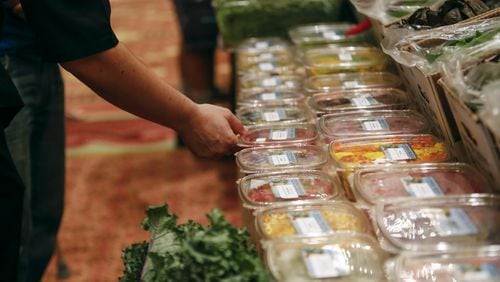The U.S. consumed 91.1 kilograms of meat in 2013, making it the No. 2 top meat-eating country in the world. While such a diet isn't ideal for people's health, it might be even more harmful for the environment.
That’s why researchers are investigating four alternative foods we might be consuming in the years to come: 3-D printed food, lab-grown meat, algae and bugs.
Companies, such as Foodini, use real ingredients to make 3-D printed foods. Engineers believe the products will lower food prices and become the next resource in space.
Lab-grown meats might have similar effects. It could lower water use by 82-96 percent, reduce greenhouse gas emissions by 78-96 percent and cut land use by 99 percent.
Algae, the only plant on the list so far, provides lots of nutrients. Microalgae is full of proteins, carbohydrates and omega-3 fatty acids. It could also limit land use. Supplements and food products made with microalgae are already on the market.
Bugs are a great source of protein, too. A whopping 2 million people already consume them regularly.
Want to learn more? Watch this Business Insider video for the full explanation:
About the Author







